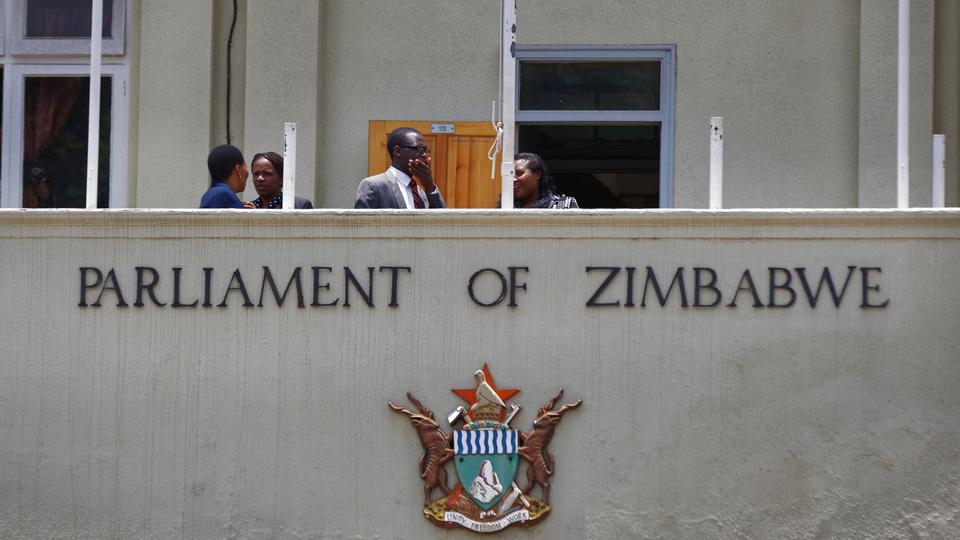
CAPACITY utilisation in Zimbabwe’s manufacturing industry rose by 3,1 percentage points to 48,2 % in 2018 but there are fears that the sector could contract to as low as 30% if the country’s foreign currency shortages persist.
BY Kuda Chideme
A survey by the country’s largest business member organisation, the Confederation of Zimbabwean Industries (CZI) which polled 290 companies, showed that capacity utilisation dropped in the last quarter of the year as foreign currency shortages intensified.
The foodstuffs, tobacco and beverages, as well as wood and furniture sub-sectors had average capacity utilisation of above 50% for most of the year.
In the report, CZI notes that capacity utilisation rose on account of import substitution and export promotion policies that were implemented from 2016.
“In 2019 industry is projected to decline to 34,3% from the November 2018 levels. If policy direction does not change, foreign currency shortages will persist and this is what industry expects. At 34% most companies would have closed with attendant effects on unemployment,” CZI chief economist Tafadzwa Bandama said.
“Low levels of capacity utilisation mean that companies are eating into capital. There is need for a forex trading platform so that it is traded at fair value to enable productivity, business viability and price stability.”
By region, industry in Manicaland is seen contracting from 49% in 2018 to 34,5% this year.
- Chamisa under fire over US$120K donation
- Mavhunga puts DeMbare into Chibuku quarterfinals
- Pension funds bet on Cabora Bassa oilfields
- Councils defy govt fire tender directive
Keep Reading
Matabeleland is projected to decline the most from 49,7% to 24,6%.
Capacity utilisation of manufacturers based in Mashonaland is also seen falling from the current 52,8% to 30% while the Midlands is expected to maintain last year’s levels of 45%.
According to the survey, the major constraints to capacity were high production costs and a shortage of raw materials.
Respondents to the survey also pointed out antiquated machinery as another constraint to utilising installed capacity.
Industry has been facing constant breakdowns and downtime because of a lack of foreign currency to import spares.
Between 2013 and 2016, the biggest constraint to industry was low demand because of stiff competition from imports.
In terms of productivity, overall industry output grew by 12% in 2018.
Non-metallic mineral products had the highest increase in output at 50% followed by beverages and tobacco at 18%.
The clothing and footwear sub-sector recorded a 16,4% increase in output while foodstuffs grew by 14,5%. Plastic and packaging were up 8%, chemicals and petroleum products 10,5%.
The survey also noted that competition for markets is shifting to the domestic front as 46,6 % of the respondents reported that they faced competition from domestic players compared to 26,8% in 2017.
The industry has also witnessed a decline in the sourcing of raw materials locally, adding increased pressure on foreign currency resources.
Last year only 52% of industry’s raw materials demands were sourced from local suppliers compared 64% in 2017 and 84% in the previous year.
China dominated as the source for imported raw materials followed by South Africa.
Out of all the companies that participated in the survey, 26% reported that they export their product to Zambia with Malawi being the second major export destination with 19% of market share. South Africa came third at 14%.











